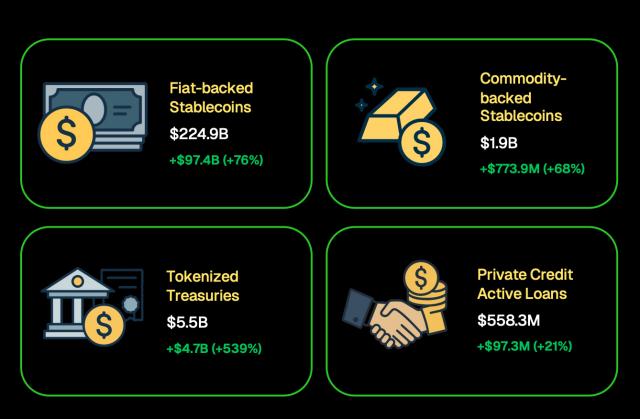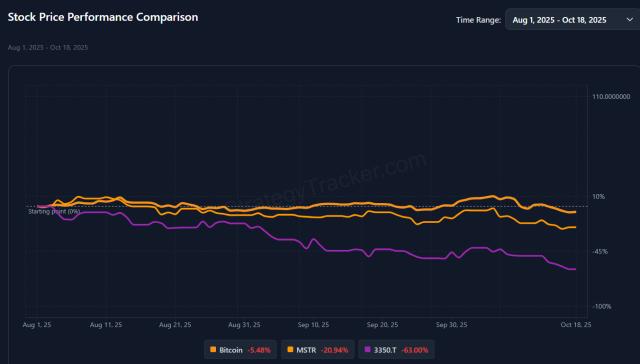- With the growth of on-chain finance, trust, security, and transparency are areas where Chainlink Proof of Reserve delivers significant value.
- Chainlink Proof of Reserve is already integrated with leading protocols like Aave, Ava Labs, and Benqi to strengthen platform security.
Traditional stablecoin and asset issuers often rely on periodic audits or self-reported data to prove they hold the assets backing their tokens. This creates information gaps between reports, leaving users exposed if reserves are mismanaged or insufficient.
Bridged and wrapped assets depend on centralized entities to hold collateral off-chain or on another chain. If that collateral is stolen, frozen, or undercollateralized, the wrapped asset becomes worthless, but Chainlink Proof of Reserve (PoR) solves this critical trust and transparency problem.
PoR is a decentralized oracle-based auditing mechanism developed by Chainlink Labs and operated by Decentralized Oracle Networks (DONs). It’s designed to automatically verify and report the collateral backing tokenized assets, such as stablecoins, RWAs, cross-chain assets, and wrapped tokens, in real time.
Chainlink Everything recently posted on X, a statement that sums it up: “$300 trillion reasons to just use Chainlink Proof of Reserve.”
How Does Proof of Reserves Bring Transparency
An October 2024 Chainlink article explained one of the problems that PoR solves: “Chainlink Proof of Reserve’s Secure Mint capability enables asset issuers to programmatically require reserves to be greater than or equal to the supply being minted.
By providing cryptographic guarantees that reserve back new tokens minted, Proof of Reserve Secure Mint takes tokenized asset and stablecoin security to the next level, helping to prevent infinite mint attacks.”
Fixed-interval reserve reporting, whether monthly or quarterly, creates gaps where reserves can be misreported or vanish undetected, a major factor behind past financial failures like the FTX collapse.
Chainlink PoR provides continuous, automated verification of reserves and makes this data publicly available on-chain in real time as new reserve data becomes available. Anyone can verify that the amount of tokens in circulation is always fully backed, removing blind trust in issuers.
PoR provides on-chain proof of collateral for bridged and wrapped assets, ensuring that the amount locked on the source chain always matches the supply on the destination chain, eliminating opacity and reducing bridge risk.
Chainlink PoR feeds are being leveraged to secure a variety of tokenized real-world assets, including commodities like gold and silver, with Paxos and CACHE Gold among the adopters.
Because PoR is machine-readable, DeFi protocols can automatically enforce risk controls: pause lending, block minting, or liquidate positions if reserves fall, protecting users and the broader ecosystem. Wrapped token bridges, while boosting capital efficiency in DeFi, also introduce the risk of under-collateralization.
Real-World Integrations
PoR addresses this by continuously tracking and verifying collateral backing wrapped assets. A practical example of this is BGD Labs integrating Chainlink PoR into Aave on Avalanche to ensure wrapped tokens on the platform remain fully collateralized, strengthening trust and stability in the market.
The model generates verifiable, tamper-resistant, on-chain audit trails, providing institutions with the proof they need to comply with regulations and participate confidently in DeFi and tokenized asset markets.
Coinbase introduced a Proof of Reserves system for its wrapped Bitcoin token, cbBTC, reinforcing transparency and guaranteeing that every cbBTC is fully backed by actual Bitcoin (BTC).
Similarly, CNF reported that Bitget, a leading crypto exchange with over 120 million users and more than $8 billion in managed assets, integrated Chainlink Proof of Reserve on Ethereum for its wrapped Bitcoin token, BGBTC.
In another development, Misyon Bank, a Turkish financial institution, adopted Chainlink Labs’ oracle infrastructure for Misyon Crypto, its tokenized asset platform built on Avalanche.
Alongside PoR, the bank also implemented the Chainlink Runtime Environment (CRE), further enhancing transparency, security, and real-time data reliability for its digital asset ecosystem.







